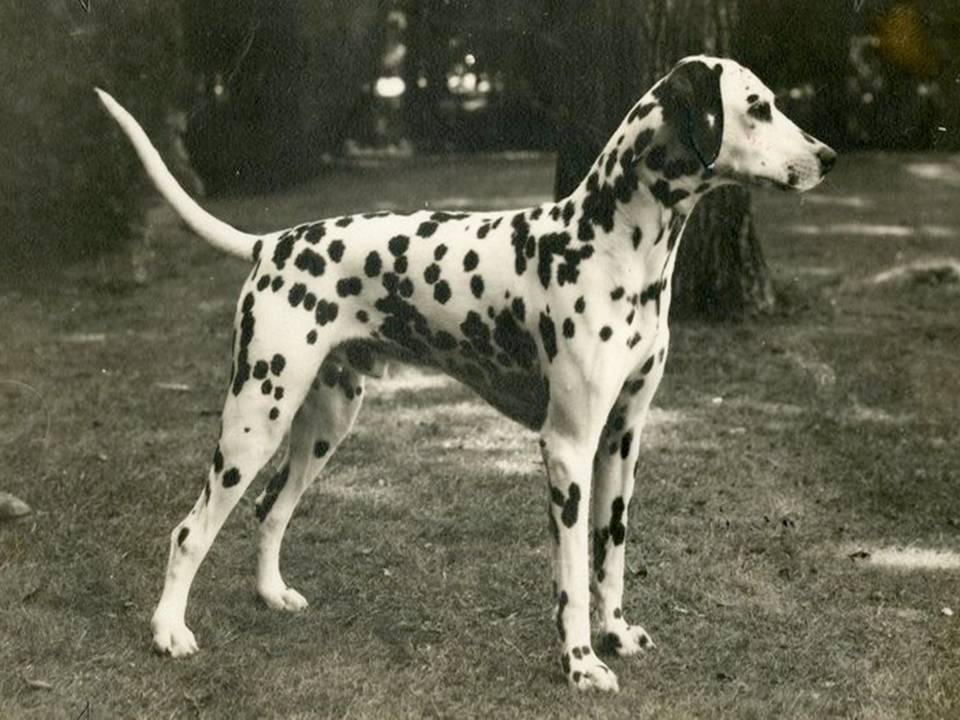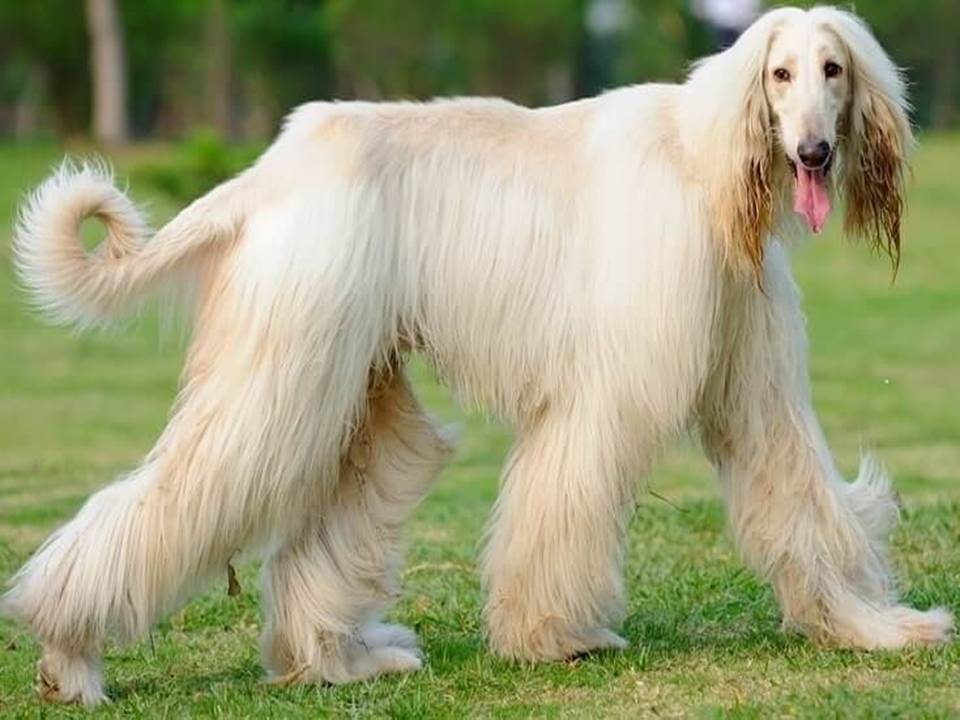Dogs Breeds Adaptation: Dogs Breeds Adapted for Cold and Hot Climates
Dogs breeds adaptation. Dogs are incredibly adaptable animals, having evolved to live alongside humans in diverse environments, from icy tundras to scorching deserts. However, not all breeds are equally suited to extreme climates. Some dogs have physical and behavioural traits that make them ideal for cold weather, while others thrive in hot regions. This article explores the best dogs breeds adaptation for both cold and hot climates, highlighting the unique characteristics that make them perfectly suited for each environment.
Dogs breeds adaptation: Best Dog Breeds for Cold Climates
Surviving in extreme cold requires specific physical traits, such as thick coats, sturdy builds, and adaptations to retain body heat. The following breeds excel in cold climates due to their unique features.
1.Siberian Husky
The Siberian Husky, originating from Siberia, is one of the most iconic cold-weather breeds. Their thick double coat provides excellent insulation, while their almond-shaped eyes and erect ears minimize heat loss. Huskies also have furry feet that act like snowshoes, allowing them to walk effortlessly on ice and snow. Additionally, their compact, muscular bodies make them ideal for pulling sleds across snowy terrains. Read More
2. Alaskan Malamute
The Alaskan Malamute, a close relative of the Siberian Husky, is larger and more robust. Bred to haul heavy loads over long distances in icy regions, they have a dense, woolly undercoat and a coarse outer coat for superior insulation. Their high-fat metabolism helps them stay warm during long winters, and their strength and endurance make them perfect for sub-zero environments. Read More
3. Saint Bernard
Saint Bernards, famous for rescuing travellers in the Swiss Alps, are built for freezing temperatures. Their massive size, thick coats, and broad chests enable them to navigate deep snow with ease. Despite their imposing appearance, they are gentle and calm, making them excellent companions in cold climates. Read More
4. Bernese Mountain Dog
Originating from the Swiss Alps, the Bernese Mountain Dog has a thick, tricolored coat that protects against cold temperatures. These dogs are strong, intelligent, and loyal, making them well-suited for harsh mountainous conditions. Their sturdy build and steady temperament also make them reliable working dogs in cold climates. Read More
5. Tibetan Mastiff
The Tibetan Mastiff, bred in the freezing heights of the Himalayas, has a thick, dense double coat that protects against cold and moisture. Their large, powerful frame allows them to fend off predators, while their independent and protective nature makes them ideal for remote, high-altitude regions with extreme weather. Read More
6. Black Newfoundland Dog
Newfoundlands, or “Newfies,” are large, powerful dogs with striking black coats. Originating from Newfoundland, Canada, they were bred for water rescues and assisting fishermen. Their calm, patient temperament makes them excellent family pets, and their thick coats provide ample protection against cold weather. Read More
7. Chow Chow Chinese Dog
The Chow Chow, an ancient Chinese breed, has a dense double coat and a distinctive blue-black tongue. Their sturdy build and thick fur make them well-suited for cold climates. While they are independent and aloof, they are deeply loyal to their families. Read More
8. German Shepherd
German Shepherds are highly intelligent and versatile, excelling in various roles, including search-and-rescue and police work. Their thick double coat provides insulation in cold climates, and their loyalty and protective nature make them excellent companions in harsh environments. Read More
9. Japanese Akita
The Japanese Akita, originating from the Akita prefecture in Japan, has a thick double coat and a powerful build. Historically used for hunting large game, they are loyal, courageous, and well-adapted to cold climates. Their independent nature requires early socialization and firm training. Read More
10. Samoyed Siberian Dog
The Samoyed, known for its fluffy white coat and “Sammy smile,” is a friendly and strong Siberian breed. Bred for herding reindeer and pulling sleds, they are highly adaptable to cold climates. Their affectionate and social nature makes them excellent family dogs, though they require regular exercise. Read More
Dogs Breeds Adaptation: Best Dog Breeds for Hot Climates
Dogs breeds adaptation. Dogs that thrive in hot climates typically have short coats, lean builds, or other adaptations for heat dissipation. Here are some of the best breeds for warm weather.
1. Basenji
The Basenji, known as the “barkless dog” from Central Africa, has a short coat and a lean body that helps it stay cool. Their agility, independence, and energy make them great companions for active families in hot regions. Read More
2. Xoloitzcuintli Mexican Hairless Dog
The Xoloitzcuintli, or Mexican Hairless Dog, is one of the oldest and rarest breeds. Their hairless bodies make them low-maintenance and well-suited for hot climates. They are loyal, intelligent, and deeply connected to their families. Read More
3. Chihuahua
Chihuahuas, originating from Mexico, are one of the smallest dog breeds. Their tiny size and short coat allow them to regulate body temperature easily, making them ideal for hot climates. Despite their small stature, they are bold and energetic. Read More
4. Dalmatian
Dalmatians, known for their black-and-white spots, have a lean, athletic build that helps them tolerate high temperatures. Their short coat requires minimal grooming and keeps them cool. They are energetic and make great companions for active individuals in warm climates. Read More
5. Afghan Hound
The Afghan Hound, with its long, flowing coat, is surprisingly well-adapted to hot weather. Originating from the deserts of Afghanistan, their coat protects them from the sun, while their lean bodies and long legs allow efficient movement in extreme heat. Read More
Common Traits for Cold and Hot Climate Breeds
While cold and hot climate breeds differ in physical traits, they share several behavioural characteristics. Both types of dogs tend to be independent, resilient, and adaptable. They often exhibit high endurance, whether traveling through snow or running in hot deserts. Additionally, they are loyal and form strong bonds with their families, making them excellent companions in extreme environments.
Conclusion
Choosing a dog breed suited to your climate is essential for their health and happiness. For cold climates, breeds like the Siberian Husky, Alaskan Malamute, and Saint Bernard offer resilience and companionship. Meanwhile, for hot regions, dogs like the Basenji, Xoloitzcuintli, and Dalmatian are built to handle the heat with ease. By selecting a breed that aligns with your environment, you ensure your dog not only survives but thrives alongside you.

















